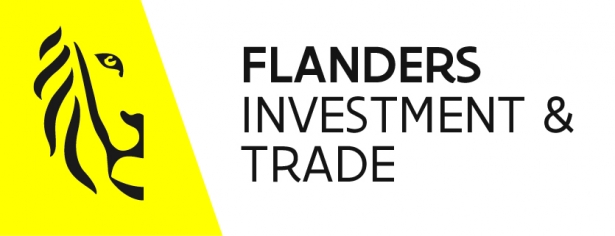MOBISENSE:
spatio-temporal information on road surfaces and their wear
The MobiSense imec.icon project, which ran from October 1, 2017 until September 30, 2019, aimed at efficiently creating spatio-temporal information on road surfaces and their wear, based on opportunistic sensing on-board of ordinary vehicles.
Hard to localize
Noise of a low-frequency nature as a cause of annoyance
The MobiSense imec.icon project, which ran from October 1, 2017 until September 30, 2019, aimed at efficiently creating spatio-temporal information on road surfaces and their wear, based on opportunistic sensing on-board of ordinary vehicles. The project was funded under grant HBC.2017.0155 by imec and Vlaio (ICON scheme), and was coordinated by ASAsense. Ghent University, the University of Antwerp, and KU Leuven collaborate as scientific partners, wheras ASAsense, Be-Mobile and Qweriu develop the application-oriented part.

ASAsense
The project solves several important challenges:
- Data analytics:
Removing confounders and modifiers such as vehicle speed, differences in vehicle transfer functions, music and speech inside the vehicle, sound from other vehicles etc.; - Information extraction:
Converting measured quantities to applicable knowledge for road administrators and environmental agencies; - Action planning:
Embedding this knowledge in environmental assessment and road maintenance assessment.
Noise and vibration data is collected using proprietary hardware and software from a large number of cars that or on the road anyhow: we work with stakeholder fleets, car sharing, etc. On the server, trips are mapped to road segments and lanes and the abundancy of data is used to derive useful information about road segments such as rolling noise category, macrostructure, and waviness. Dedicated expert systems further process the information to knowledge on indicators of wear, pothole proficiency, or basic information on road pavement and speed bumps.
Publications:
More technical details about this solution can be found in the references below. Feel free to contact us for inquiries.
- B. De Coensel, D. Botteldooren, T. Van Renterghem, L. Dekoninck, V. Spruytte, A. Makovec, P. Wessels, F. van der Eerden and T. Basten. Robust microphone array beamforming for long-term monitoring of industrial areas. In Proceedings of ICA, Buenos Aires, Argentina (2016).
- D. Botteldooren, T. Van Renterghem, B. De Coensel, L. Dekoninck, V. Spruytte, A. Makovec, F. van der Eerden, P. Wessels and T. Basten. Fusion of multiple microphone array data for localizing sound sources in an industrial area. In Proceedings of Internoise, Hamburg, Germany (2016).
- F. van der Eerden, P. Wessels, A. Segers, T. Basten, B. De Coensel, D. Botteldooren, T. Van Renterghem, L. Dekoninck, V. Spruytte and A. Makovec. Time varying sound propagation for a large industrial area. In Proceedings of Internoise, Hamburg, Germany (2016).
- P. Wessels, F. van der Eerden, T. Basten, B. De Coensel, D. Botteldooren, T. Van Renterghem, L. Dekoninck, V. Spruytte and A. Makovec. Removing local sound disturbances from industrial noise monitoring at long distance. In Proceedings of ICA, Buenos Aires, Argentina (2016).
Press coverage:
The Maasvlakte project received some press coverage, links can be found below (all in Dutch):
- Website of DCMR: http://www.dcmr.nl/nieuws/nieuwsberichten/2015/07/overeenkomst-geluidmeetnet-maasvlakte-ondertekend.html
- City of Westvoorne: http://www.westvoorne.nl/portal/nieuws_42099/item/realisatie-geluidmeetnet-maasvlakte-en-europoort-een-feit_63673.html
- Geluidnieuws.nl: http://www.geluidnieuws.nl/n/maas.html, http://www.geluidnieuws.nl/n/net.html
- Maritiemnieuws.nl: http://maritiemnieuws.nl/70208/geluidmeetnet-maasvlakte-van-start/


